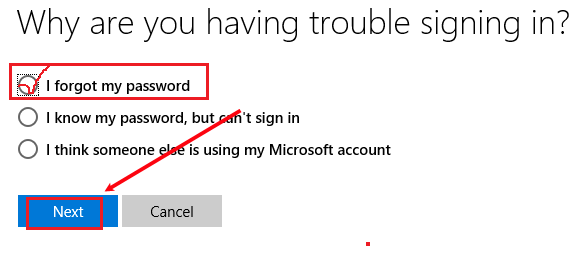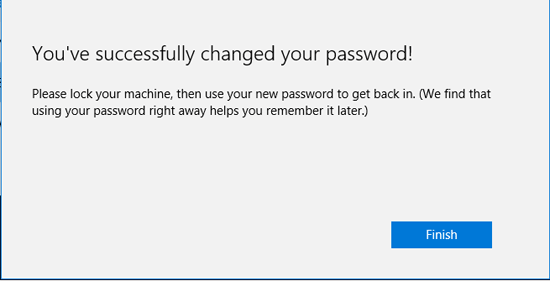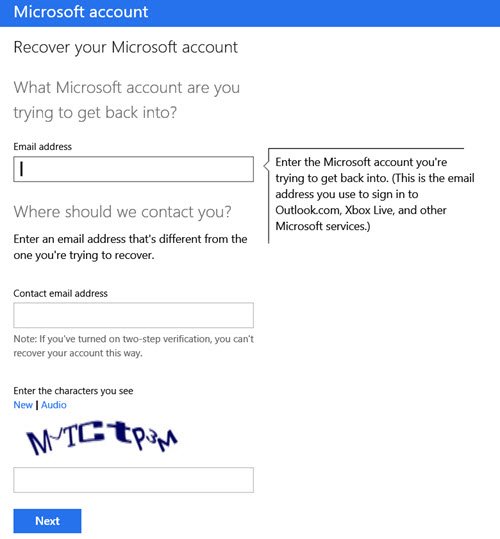

If you do not see your language, it is because a hotfix is not available for that language. The "Hotfix download available" form displays the languages for which the hotfix is available. For a complete list of Microsoft Customer Service and Support telephone numbers or to create a separate service request, go to the following Microsoft website: The usual support costs will apply to additional support questions and issues that do not qualify for this specific hotfix. Note If additional issues occur or if any troubleshooting is required, you might have to create a separate service request. If this section does not appear, contact Microsoft Customer Service and Support to obtain the hotfix. If the hotfix is available for download, there is a "Hotfix download available" section at the top of this Knowledge Base article. Therefore, if you are not severely affected by this problem, we recommend that you wait for the next software update that contains this hotfix. This hotfix might receive additional testing. Apply this hotfix only to systems that are experiencing the problem described in this article. However, this hotfix is intended to correct only the problem that is described in this article. For more information about how to obtain this update rollup package, click the following article number to go to the article in the Microsoft Knowledge Base:Ģ883201 Windows RT, Windows 8, and Windows Server 2012 update rollup: October 2013 Hotfix information for Windows 7 and Windows Server 2008 R2Ī supported hotfix is available from Microsoft. To resolve this issue in Windows 8 or Windows Server 2012, install the update rollup 2883201.

Resolution Update information for Windows 8 and Windows Server 2012 Because the UPN and the SAM name are different in this case, the credentials in the Lsass.exe process are not updated. This problem occurs because the Kerberos.dll file tries to compare the password change in the UPN user name format and in the SAM user name format in the Kerberos logon session. Note You are prompted to enter credentials to continue accessing network resources because of this problem. In this scenario, your credentials that are cached in the Local Security Authentication Server (Lsass.exe) process are not updated. For example, you press Ctrl+Alt+Del and then click Change Password. You change the password of the user account by using the client computer. You always log on to the client computer by using the UPN method. The credentials are cached on a client computer that is running Windows 8, Windows Server 2012, Windows 7 Service Pack 1 (SP1), or Windows Server 2008 R2 SP1. For example, the UPN of the account resembles and the SAM name of the account resembles "domain\username2."

The user principal name (UPN) of the account differs from the Security Accounts Manager (SAM) name of the account. In an Active Directory domain environment, you have a user account.


 0 kommentar(er)
0 kommentar(er)
